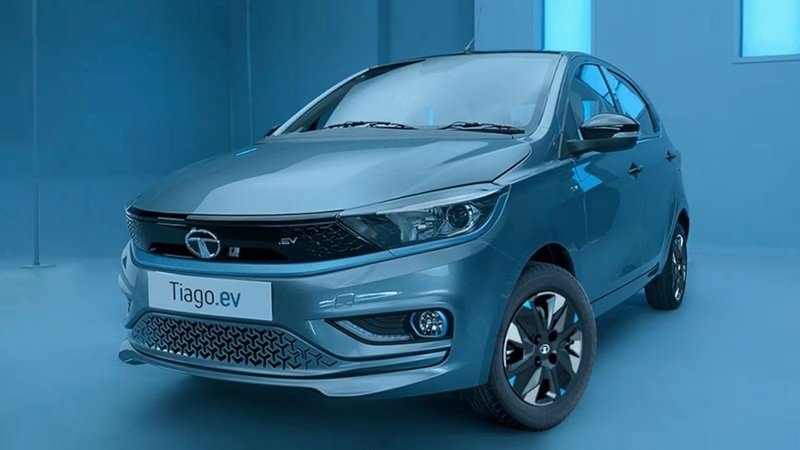Expecting a quicker shift to electric vehicles, Tata Passenger Electric Mobility Ltd., a division of Tata Motors Ltd., has several launches planned for the upcoming years as it looks to turn a profit.
The total market share of Tata Motors, which includes both passenger cars and electric vehicles, is at 13.9%. According to a presentation given to investors on Tuesday, the percentage of electric vehicles sold rose by 400 basis points to 13% in the most recent fiscal year.
It is expected that by fiscal 2030, the passenger-vehicle business’s margin will have increased from 7% in the previous fiscal year to above 10%. According to an exchange filing, the company expects that by fiscal 2026, its EV business will turn a profit on an operating basis.
Alternative Energy Drives Growth:
Since the coronavirus pandemic, the firm has been among the leaders in the electric vehicle field. Since fiscal 2020, it has sold about 1.8 lakh EVs in all categories.
Of all the electric vehicles that Tata Motors has sold, 44% are Tata Nexon.ev models, making them the most successful model. By the conclusion of the previous fiscal year, it had surpassed 80,000 automobiles sold altogether. Tiago.ev, with a total sales volume of 50,000 units, was the second most popular model.
For the corporation, using alternative fuel has been a successful strategy. By fiscal 2024, the percentage of vehicles powered by compressed natural gas had doubled to 16%, bringing the total percentage of alternative fuel vehicles to 29%.
The firm estimates that by fiscal 2030, sales of combined EVs and CNG will make up for about 45% of total sales. EV sales would account for 20% of total sales. Based on the presentation, this means that by the company’s fiscal 2030, one out of every five automobiles sold will be electric.
The India Business of Tata Motors Achieved Net-Debt Free Status in FY24
With a dominating 73% market share in India for EVs, it would be interesting to watch how Tata Motors approaches the competition this year.
The company now holds a 24 percent market share in the CNG car market, and it is expected that it will continue to hold this position through fiscal 2030. One of the most expected debuts of the year is the Nexon iCNG, another example of how Tata Motors is expanding its product line.
One of the most powerful rivals in this market, Maruti Suzuki India Ltd. offers a variety of models in the small car and sport utility vehicle segments.
Tata Motors’ Growth Could Slow Down in the Coming Years
By the upcoming fiscal year, Tata Motors plans to introduce ten electric vehicle types. This fiscal year, the company will debut the Harrier and the Curvv EV in addition to filling any product gaps. The eagerly expected Sierra EV is expected to be released in the upcoming fiscal year, and the business has promised to address major obstacles related to range and technology.
The business used the costs of internal combustion engines-diesel and petrol included-to support its claim that changes in the industry and stricter environmental regulations will cause the prices of EVs to converge. Additionally, this would facilitate a quicker switch to electric vehicles.
The car manufacturer also plans to gradually expand to 50 locations with an EV-only channel. Moreover, it seeks to take use of the synergies that exist between rooftop solar panels and electric vehicles (EVs) in order to promote EV adoption and accelerate the transition to net zero. The startup wants to provide rooftop solar and EVs together as a package to give customers real financial advantages.
Topics #Automobile #electric Mobility #Electric Vehicle #EV #Manufacturing #New CAr #New Vehicle #news #Tata #Tata Motors











